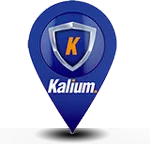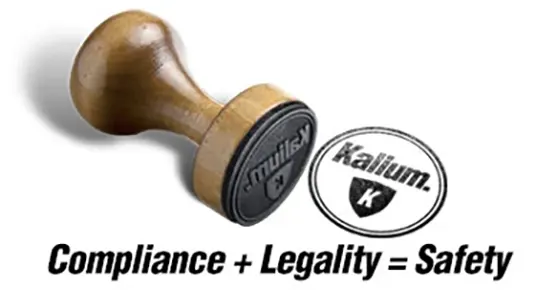Safety Data Sheet (SDS) Interpretation Training
Did you know that as an importer of chemical products in Canada you are subject to the same requirements as if you had manufactured it yourself?
Did you know that it is your responsibility to have a compliant safety data sheet (SDS) in French and English for all your hazardous products in your workplace?
Did you know that no employer may allow a hazardous product to be used, handled, or stored in a workplace unless the product has a compliant label and safety data sheet? (OHSA section 62.1)
It is therefore essential that you assess the quality of the documents received. A compliant safety data sheet will save you from problems at customs, make you a quality supplier and it can protect the health and safety of the workers who will use these products.
If you question any of the following questions in the course of your work, the following training is for you:
- Do you know the required content of each section of a Safety Data Sheet (SDS)?
- Are you able to recognize the inconsistencies present in an SDS?
- Would you be able to compare a product’s WHMIS and TDG classification?
Do I need to have any prerequisites to take this training?
This training focuses on the interpretation of an SDS. It is strongly recommended that you have completed a WHMIS training with a qualified instructor beforehand.


1 - Summary and objectives of the training
This training on the interpretation of an SDS is intended to support companies that must assess the compliance of SDS received from their suppliers in order to comply with the Occupational Health and safety Act (OHSA) and its regulations, including the Hazardous Products Information Regulation (HPIR). Each participant will learn to recognize nonconformity in SDS.
Among other things, we will cover the following topics:
- Mandatory content of each section
- The most common mistakes for each section
- Alternative, tips and tricks to detect and avoid mistakes
This training on the interpretation of SDS also includes practical exercises to make the learning a reality. Each participant will receive a training workbook for future reference and a training certificate.
2 - Training outline
Module 1: Introduction
1.1 Introduction of the Hazardous Products Regulations
1.1.1 Changes to the Controlled Products Regulations and WHMIS 1988
1.1.2 WHMIS exempt products
1.2 Contents of an SDS
1.3 The WHMIS classification of a product
1.3.1 Divergence between suppliers
Module 2: Interpreting an SDS: Sections 1 to 4
2.1 Section 1: Identification
2.1.1 Required content
2.1.2 Recommended Use and Restrictions on Use
2.1.3 Initial supplier identifier
2.1.4 Emergency telephone number
2.2 Section 2: Hazard Identification
2.2.1 Required content
2.2.2 Signal words and hazard statements
2.2.3 Precautionary statements
2.2.4 Comparison with the label
2.3 Section 3: Composition / Information on Ingredients
2.3.1 Required content
2.3.2 Concentration
2.3.3 Classification
2.4 Section 4: First-aid Measures
2.4.1 Required content
2.4.2 Most common errors
Module 3: Interpreting an SDS: Sections 5 to 8
3.1 Section 5: Fire-fighting Measures
3.1.1 Required content
3.1.2 Specific hazards arising from the hazardous product
3.1.3 Hazardous combustion products
3.2 Section 6: Accidental release measures
3.2.1 Required content
3.2.2 Most common errors
3.3 Section 7: Handling and Storage
3.3.1 Required content
3.3.2 Conditions for safe storage
3.4 Section 8: Exposure Controls / Personal Protection
3.4.1 Required content
3.4.2 Most common errors
Module 4: Interpreting an SDS: Sections 9 to 12
4.1. Section 9: Physical and Chemical Properties
4.1.1. Required content
4.1.2. Most common errors
4.2. Section 10: Stability and Reactivity
4.2.1. Required content
4.2.2. Most common errors
4.3. Section 11: Toxicological Information
4.3.1. Required content
4.3.2. Toxicity calculation
4.3.3. Acute toxicity
4.4. Section 12: Ecological Information
4.4.1. Required content
Module 5: Interpreting an SDS: Sections 13 to 16
5.1 Section 13: Disposal Considerations
5.1.1 Required content
5.2 Section 14: Transportation Information
5.2.1 Required content
5.2.2 Harmonization between WHMIS and TDG
5.3 Section 15: Regulatory Information
5.3.1 Required content
5.4 Section 16: Other Information
5.4.1 Required content
Module 6: Conclusion
6.1 Exercises
6.2 References

Design, programming and hosting by VisionW3.com


